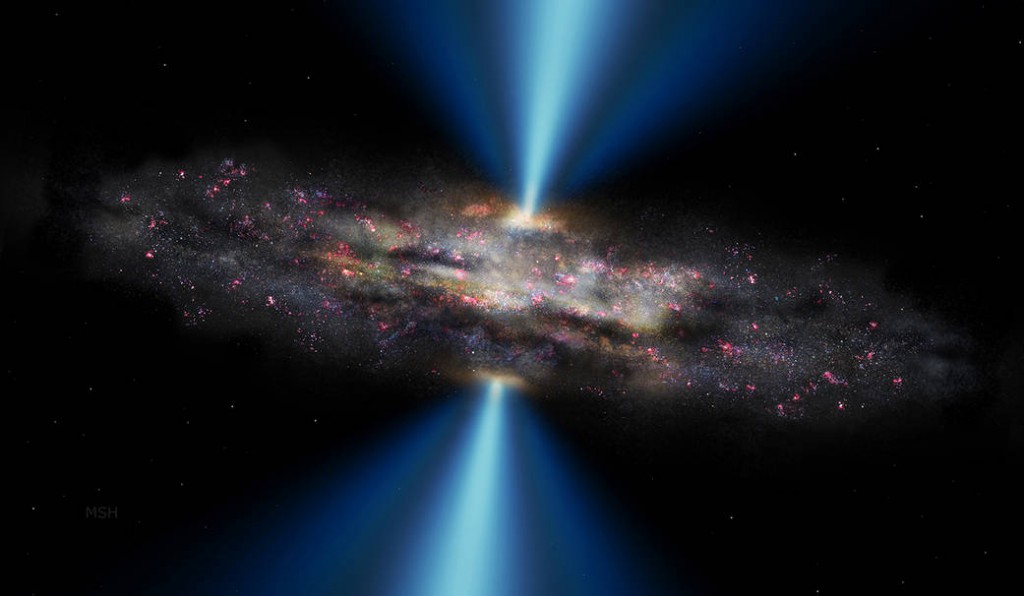
Astronomers Spot An ‘Earth-Sized Clump of Matter’ Hurtling Into A Black Hole At 30% Of The Speed Of Light.
New observations have discovered matter falling into the black hole at the centre of a galaxy dubbed PG1211+143 at around 30% of the speed of light. And rather than falling in an ever-tightening orbit, as expected, it is plunging directly into the centre.
The findings, by a team led by Ken Pounds at the University of Leicester in the UK, have been published in the journal Monthly Notices of the Royal Astronomical Society. They create a new scenario for astronomers trying to understand the behaviour of matter surrounding black holes.
The centres of almost every galaxy feature supermassive black holes, usually with masses millions to billions of times that of the sun.
However, their incredible density means they are relatively small in size, so the gas and matter in the accretion discs surrounding them rotate too quickly to fall in directly. Instead, it spirals inwards in an ever-accelerating orbit, becoming hot and luminous, and turning gravitational energy into radiation observable by astronomers.
Looking at PG1211+143, Pounds and his team turned their attention to falling matter that might not align with the rotation of the black hole. In contrast to the spiralling gas and dust, they found it fell directly towards the centre with almost no rotation at all.
During its plummet the matter hit speeds of around 30% of the speed of light, or about 100,000 kilometres per second. It was detected at about 20 times the hole’s size – extremely close, in astronomical terms.
The measurements were made using the European Space Agency’s XMM-Newton spacecraft to track an Earth-sized clump of matter as it was pulled towards the hole. For a day, the team were able to follow the matter as it accelerated, until eventually disappearing beyond the event horizon.
“The galaxy we were observing with XMM-Newton has a 40 million solar mass black hole which is very bright and evidently well fed,” explains Pounds.
“Indeed some 15 years ago we detected a powerful wind indicating the hole was being over-fed. While such winds are now found in many active galaxies, PG1211+143 has now yielded another ‘first’, with the detection of matter plunging directly into the hole itself.”
Based on their findings and backed by simulations using DiRAC, a dedicated astrophysics supercomputer operated by a consortium of UK universities, the astronomers believe the pulling of matter directly inwards is due to an accretion disc misaligned with the rotation of the black hole.
The resulting forces break the disc into rings, which collide with each other, cancelling out their respective rotations and leaving gas to fall straight inwards.
While the published observations concern only PG211+143, more than one billion light years away from Earth, the astronomers think this kind of “chaotic accretion” could be common for supermassive black holes. They suggest this might result in slower spins, allowing them to accrete more matter and grow more quickly than predicted, providing an explanation for the rapid rise of very large mass black holes early in the universe.













